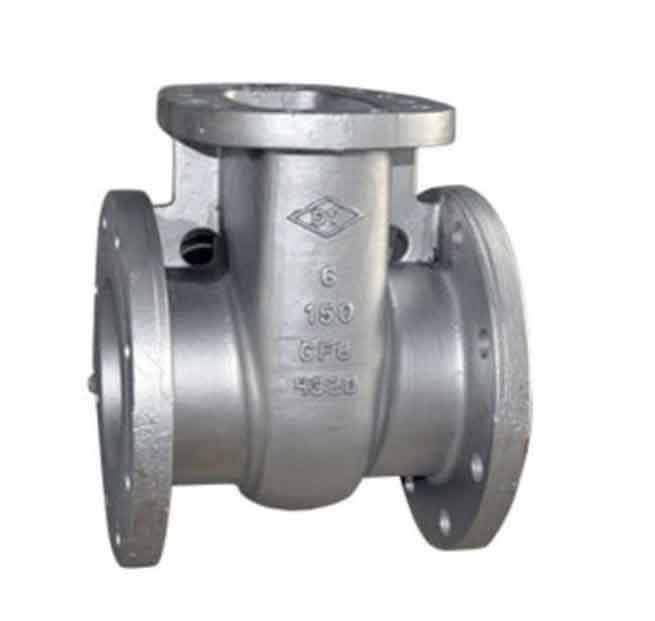Selecting the right gate valve body for a specific application is crucial to ensure optimal performance and reliability. Here are key factors to consider when choosing a gate valve body for different applications:

- Fluid Type: Consider the type of fluid that will flow through the valve. Different fluids have varying characteristics such as corrosiveness, viscosity, temperature, and abrasiveness. Select a gate valve body material that is compatible with the fluid to ensure chemical resistance, prevent corrosion, and maintain long-term integrity.
- Pressure and Temperature Ratings: Evaluate the operating pressure and temperature requirements of the application. Gate valve bodies are designed to handle specific pressure and temperature ranges. Ensure the selected valve body can withstand the maximum pressure and temperature conditions of the system without compromising its structural integrity or sealing capability.
- Valve Size and Flow Capacity: Determine the required valve size based on the flow capacity of the system. Consider factors such as flow rate, velocity, and pipe diameter when selecting the appropriate gate valve body size. Proper sizing ensures efficient fluid flow and minimizes pressure drop.
- End Connections: Gate valve bodies are available with various end connection types, such as flanged, threaded, or welded ends. Choose the appropriate end connection that matches the existing piping system or installation requirements.
- Operating Mechanism: Gate valves can be operated manually (handwheel, lever) or through automated mechanisms (actuators). Consider the desired mode of operation based on the application requirements. Manual operation is suitable for smaller systems or applications that require occasional adjustments, while automated operation provides remote control and allows for integration into process automation systems.
- Valve Design and Configuration: Gate valves come in different designs, such as rising stem, non-rising stem, and slab gate configurations. Consider the specific design requirements of the application, such as space limitations, installation orientation, or flow direction, to select the appropriate valve design and configuration.
- Industry Standards and Certifications: Verify if the gate valve body meets relevant industry standards and certifications, such as API (American Petroleum Institute) standards, ASME (American Society of Mechanical Engineers) codes, or specific industry regulations. Compliance with these standards ensures that the valve body meets quality, performance, and safety requirements.
- Maintenance and Repair: Assess the accessibility and ease of maintenance for the gate valve body. Consider factors such as availability of spare parts, ease of disassembly, and access to critical components. Choosing a valve body that is easy to maintain and repair can minimize downtime and reduce maintenance costs.
- Budget Considerations: Evaluate the project budget and balance it with the desired performance and quality requirements. Gate valve bodies are available at various price points, and it’s important to select a valve body that offers a suitable balance of performance, reliability, and cost-effectiveness for the application.
Consulting with valve manufacturers, suppliers, or industry experts can provide valuable insights and guidance in selecting the most appropriate gate valve body for a specific application.
